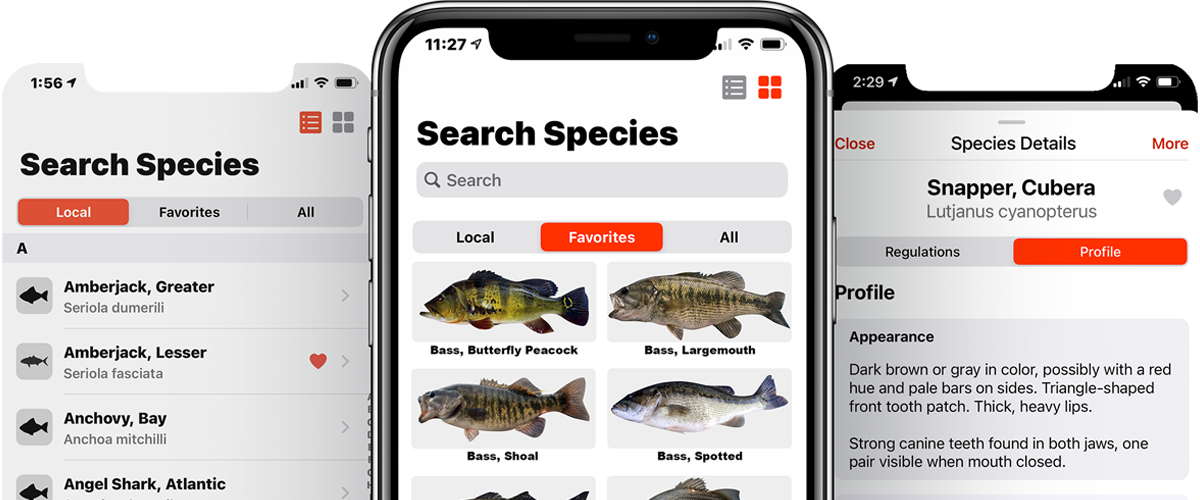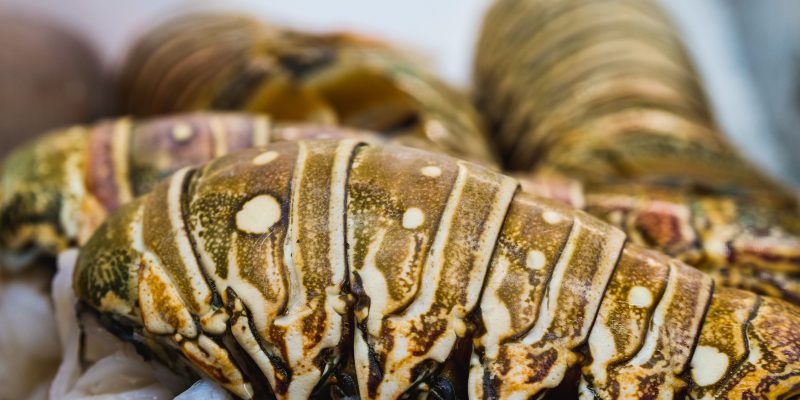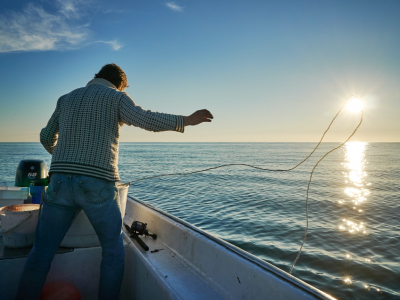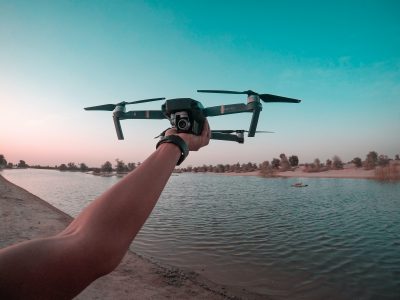fWith the start of the new lobster season in Florida just around the corner, it’s time to gear up for an exciting adventure. With the start of the new lobster season in Florida just around the corner, it’s time to gear up for an exciting adventure. If you’re planning to go after those tasty lobsters, make sure you know all of the rules and regulations surrounding their fishing.
Don’t let your excitement lead you astray; take some time before hopping in the water to brush up on what has been put into effect regarding Florida Lobster seasons—you don’t want any unforeseen fines due to unknowingly violating state rules!
Overview of the Florida lobster season and Regulations
The Florida lobster season runs from August to March, with a special two-day mini-season in late July. Regulations for recreational lobstering include a limit of 6 lobsters per person per day, with a minimum carapace length of 3 inches.
There are also rules for the tools used to catch lobsters, including a requirement for a measuring device and a ban on using spears or hooks.
❖ It’s essential to follow these regulations to ensure the sustainability of the Florida lobster population and to keep the seafood industry thriving ❖
Common question: If 2 people (or more) on the same boat all have valid fishing licenses with lobster stamps but only one diver gets into the water, is the daily bag limit count for all parties or just the person in the water?
Answer:
FWC regulations and bag limits are set based on the number of people actively fishing (or diving, in this example). The limits during the regular season would be 6 and apply only to the diver catching the lobster.
Important to note: a misconception that the bag limit is based on the number of people on the boat, even though they are licensed. Therefore, if only one person is actively fishing and the other is not participating in the fishing activity, then the bag limit would apply only to the person actively fishing/diving in the water.
MORE DETAIL ON REGULATIONS:
License Requirements: To participate in Florida Lobster Season, you need a recreational saltwater fishing license and a spiny lobster permit, unless exempt.
Florida Lobster Season consists of a special 2-day recreational season followed by a longer regular Commercial and Recreational Season.
Recreational season details:
Special 2-day dive season: July 26-27, 2023 (last consecutive Wednesday and Thursday of July each year)
- Daily Bag Limit: 6 per person for Monroe County and Biscayne National Park; 12 per person for the rest of Florida
- Possession limit on the water: same as the daily bag limit
- Possession limit off the water: same as the daily bag limit on the first day, double the daily bag limit on the second day
- Minimum Size Limit: Carapace must be larger than 3″ (measured in the water). Divers must carry and use a measuring device at all times while in the water.
- Night Diving: Prohibited in Monroe County (ONLY during sport season). Diving is defined as swimming at or below the surface of the water.
Regular Season details:
Season: Aug. 6 – March 31
- Daily Bag Limit: 6 per person
- Possession limit on the water: Equal to the daily bag limit
- Minimum Size Limit: Carapace must be larger than 3″ (measured in the water). Divers must carry and use a measuring device at all times. Learn how to measure a spiny lobster.
- Harvest restrictions: Lobster harvest is prohibited in John Pennekamp Coral Reef State Park during the sport season, as well as in Everglades National Park, Dry Tortugas National Park, no-take areas in the Florida Keys National Marine Sanctuary, Biscayne Bay/Card Sound Lobster Sanctuary, and the five Coral Reef Protection Areas in Biscayne National Park during both the 2-day sport season and regular season.
Transportation and Possession:
- Harvested lobsters must be kept in whole condition until landed ashore. Tails may be separated from the body but must remain intact. It is prohibited to harvest and possess spiny lobsters with attached eggs or those that have been separated from the female.
Additional Restrictions: Certain areas, such as Lobster Sanctuary Preservation Areas and no-take areas, may have additional regulations and could be closed to lobster harvest. Always check the FWC regulations for specific locations and details.
Please note that these rules are subject to change. Stay updated with the current regulations, as well as any local ordinances or restrictions that may apply to your diving location.
You can typically find this information on the website of the relevant state or provincial agency responsible for managing fisheries, or by contacting them directly.

FishVerify is always a great source of information. Use the FishVerify app to check your location’s bag limits, size limits, and season dates. With the information you obtain from this app and other sources about lobstering regulations, you’ll be sure to abide by all rules as ignorance of the law is not an excuse!
Let’s all work together to ensure sustainable practices in our waters. Stay safe, stay informed, and enjoy the lobster season!


